Creating an app no longer requires deep coding knowledge or a large development team—thanks to AI, the process has become faster, smarter, and more accessible than ever. In 2025, AI tools are transforming how apps are ideated, built, tested, and launched. From no-code platforms to intelligent code assistants, these tools help entrepreneurs, startups, and developers turn ideas into working applications with minimal manual effort. Whether you’re building mobile apps, web platforms, or backend services, AI can assist with design, logic, integration, and optimization. These solutions are especially valuable for early-stage creators, solo founders, and small teams looking to prototype quickly, automate workflows, or bring full-featured products to market. This guide compares the top AI-powered platforms that simplify app development across both paid and free tiers. If you're ready to build something functional, scalable, and polished without starting from scratch, these AI app creation tools offer a powerful head start in today’s fast-moving tech landscape.

Top Paid AI Tools for App Creation
| Rank | Tool | Key Strength | Price | Best Use Case |
|---|---|---|---|---|
| #1 | Glide | No-code mobile/web app builder | From $25/month | Internal tools + MVPs |
| #2 | Adalo | Drag-and-drop app design + logic | From $36/month | Consumer mobile apps |
| #3 | BuildAI | Create AI-powered web apps | From $12/month | AI tools & product builders |
| #4 | Bubble | Powerful no-code full stack builder | From $29/month | Web apps + marketplaces |
| #5 | Draftbit | Visual native mobile app builder | From $29/month | iOS & Android deployment |
Glide
Glide transforms spreadsheets into polished, functional apps with minimal effort. It’s ideal for businesses and startups looking to create internal tools, client dashboards, or MVPs without writing a single line of code. Users simply import a Google Sheet or Excel file and Glide automatically generates a responsive mobile or web app. Its drag-and-drop editor, data binding tools, and rich components make customization easy. Glide’s design focus and fast deployment make it a go-to for building lightweight but powerful apps quickly.
Adalo
Adalo is a user-friendly platform for designing mobile apps visually, complete with built-in databases, conditional logic, and component libraries. It allows creators to build native Android and iOS apps using a simple drag-and-drop interface while maintaining full control over design and user flows. With its app previewer and easy publishing options, Adalo is perfect for entrepreneurs and designers who want to bring consumer-facing mobile apps to life—without hiring a development team.
BuildAI
BuildAI lets users launch web apps powered by large language models like GPT with no coding required. It’s particularly useful for creating internal AI tools, chatbot assistants, or task-specific utilities. Users can define prompts and behaviors in plain language, then deploy them as functioning apps with custom interfaces. BuildAI is perfect for solopreneurs, product managers, and marketers who want to harness AI for specific workflows or product validation without involving developers.
Bubble
Bubble is a powerful no-code development platform that allows users to create complex web apps with backend logic, database management, and integrations. It supports real-time workflows, APIs, and responsive design, making it suitable for SaaS platforms, marketplaces, and membership sites. Its visual programming system gives creators full control over functionality and UI without traditional coding. Bubble is ideal for teams that need full-stack capabilities while minimizing time-to-launch and technical overhead.
Draftbit
Draftbit is a visual app builder tailored for mobile-first development using React Native. It allows teams to design, prototype, and export production-ready code for iOS and Android apps. Developers can refine the code further or plug into existing APIs, giving them a balance between visual speed and code-level control. Draftbit is great for agencies or tech startups that want to move quickly while maintaining the ability to scale or hand off to engineering teams down the line.
Top Free AI Tools for App Creation
| Rank | Tool | Key Strength | Limitations | Best Use |
|---|---|---|---|---|
| #1 | Replit (Free Plan) | AI coding companion + dev IDE | Limited compute power | Build apps with AI pair programming |
| #2 | ChatGPT (Free) | Code generation + debugging | Manual copy/paste required | Frontend + backend code help |
| #3 | Pencil App | Idea sketching into app UI | Limited exporting | Rapid prototyping + concepts |
| #4 | Wappler (Trial) | Low-code app dev with visual tools | Trial only | Advanced web dev support |
| #5 | Autocode | API-connected backend builder | Needs some JS knowledge | Automated backend services |
Replit (Free Plan)
Replit is a cloud-based development environment that includes Ghostwriter, an AI assistant to help you write, debug, and refactor code. Its free plan supports a wide range of languages and comes with an integrated terminal, version control, and collaborative editing. Ideal for solo developers or students, Replit enables real-time code execution and is perfect for building and testing app logic quickly. Ghostwriter boosts productivity by guiding users through logic errors, syntax help, and even API usage suggestions.
ChatGPT (Free)
ChatGPT’s free version is a versatile AI assistant that helps with app logic, front-end UI snippets, and debugging. Developers can use it to write functions, troubleshoot errors, or explore APIs by asking natural language questions. While integration with an IDE is manual, ChatGPT provides context-rich answers that accelerate problem-solving. Whether you're stuck on a coding issue or designing a new feature, it’s a useful companion during app development—even without a subscription.
Pencil App
Pencil App is a free prototyping tool that turns typed or drawn concepts into functional UI wireframes. Users can sketch ideas and instantly preview layouts, making it perfect for brainstorming, client presentations, or early-stage design validation. It’s lightweight, fast, and focused on ideation rather than development. While it doesn’t generate production code, it helps creators solidify user flows and layout ideas before investing in more advanced build tools.
Wappler (Trial)
Wappler offers a full-featured visual development suite for building web and mobile applications. Its drag-and-drop interface includes support for databases, API integration, server-side logic, and deployment. While the trial version has limitations, it’s a great way to explore the power of low-code tools that blend design and development. Wappler suits users with some technical background who want more control than no-code platforms but without starting entirely from scratch.
Autocode
Autocode streamlines backend development by letting users build serverless APIs using JavaScript in a cloud environment. It offers built-in integrations with services like Slack, Discord, Airtable, and Stripe, allowing developers to automate processes with minimal setup. While it requires some JS knowledge, the platform is beginner-friendly and ideal for automating backend workflows, webhook responses, or building quick utility bots without managing infrastructure or servers.
Rankings

Chatbots
AI chatbots have quickly evolved from simple assistants into powerful, multi-purpose tools used by millions of people every day...

Image Generators
AI image generators are revolutionizing the way creatives, marketers, and developers produce visual content by transforming text prompts into detailed, customized...

Writing Assistants
AI writing assistants have become indispensable tools for anyone who writes — from students and bloggers to business professionals and marketers...
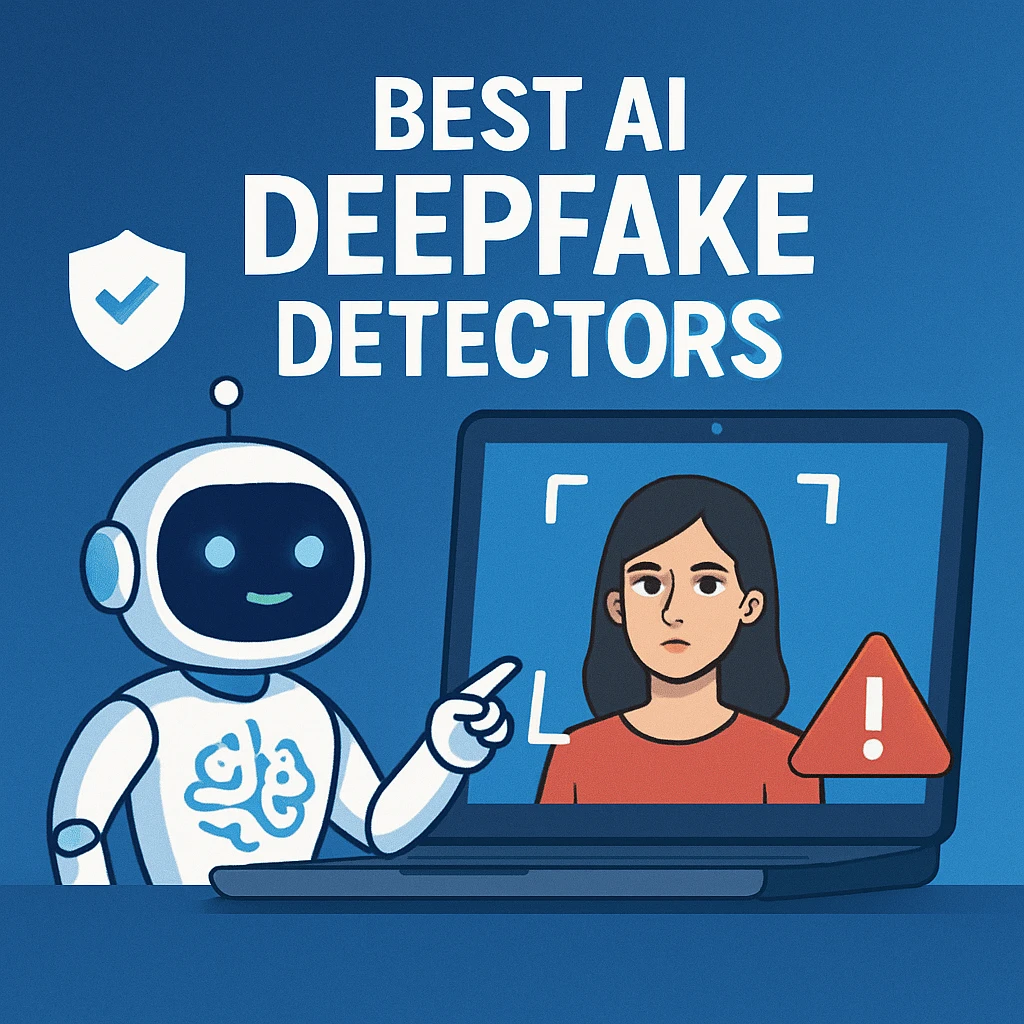
Deepfake Detection
As deepfake technology becomes more advanced and accessible, detecting AI-manipulated content is now a critical challenge across journalism, education, law, and...
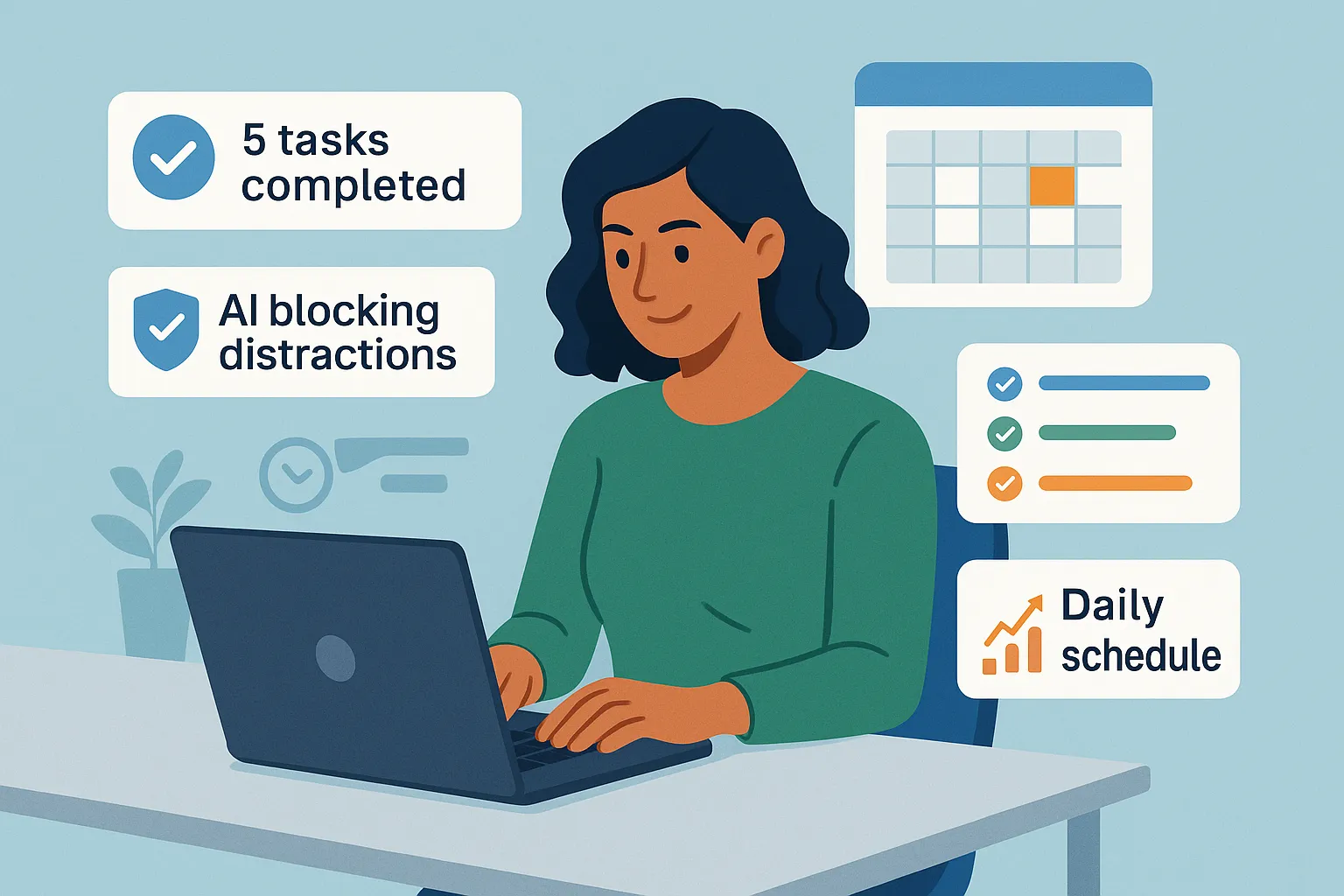
Productivity & Calendar
AI productivity and calendar tools have become essential for professionals, entrepreneurs, and students looking to make the most of their time without getting overwhelmed...
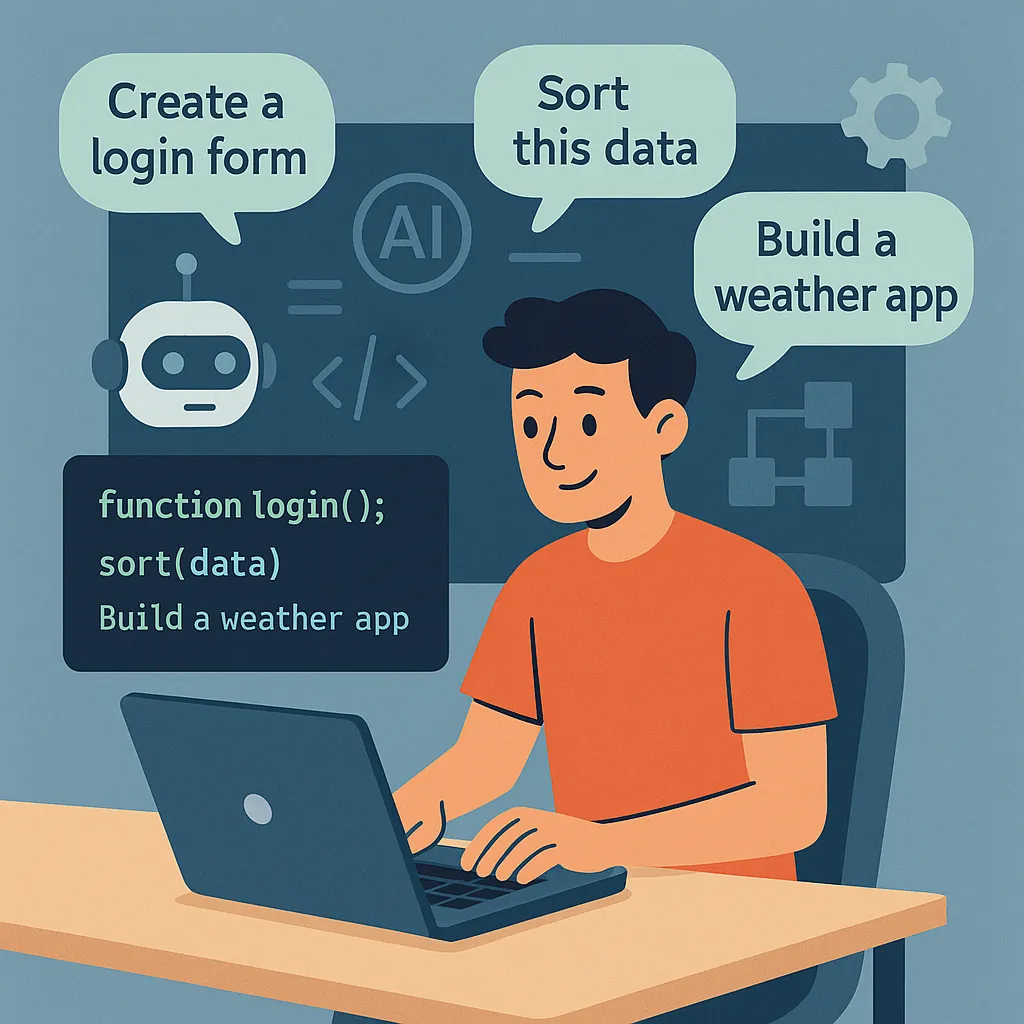
Natural Language To Code
Natural language to code tools are transforming software development by enabling users to build apps, websites, and workflows without needing advanced programming...
Blog
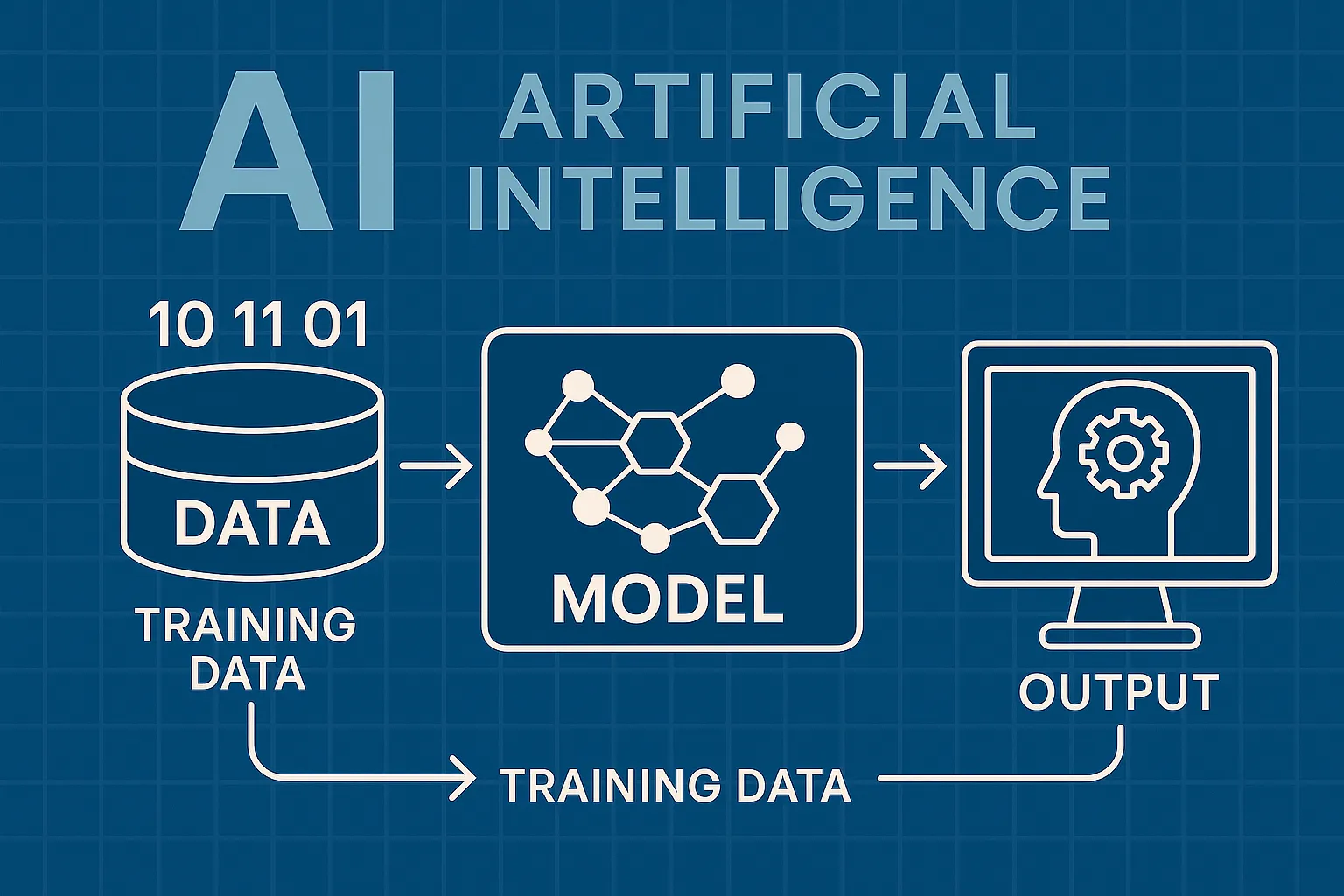
How AI Actually Works
Understand the basics of how AI systems learn, make decisions, and power tools like chatbots, image generators, and virtual assistants.

What Is Vibe Coding?
Discover the rise of vibe coding — an intuitive, aesthetic-first approach to building websites and digital experiences with help from AI tools.
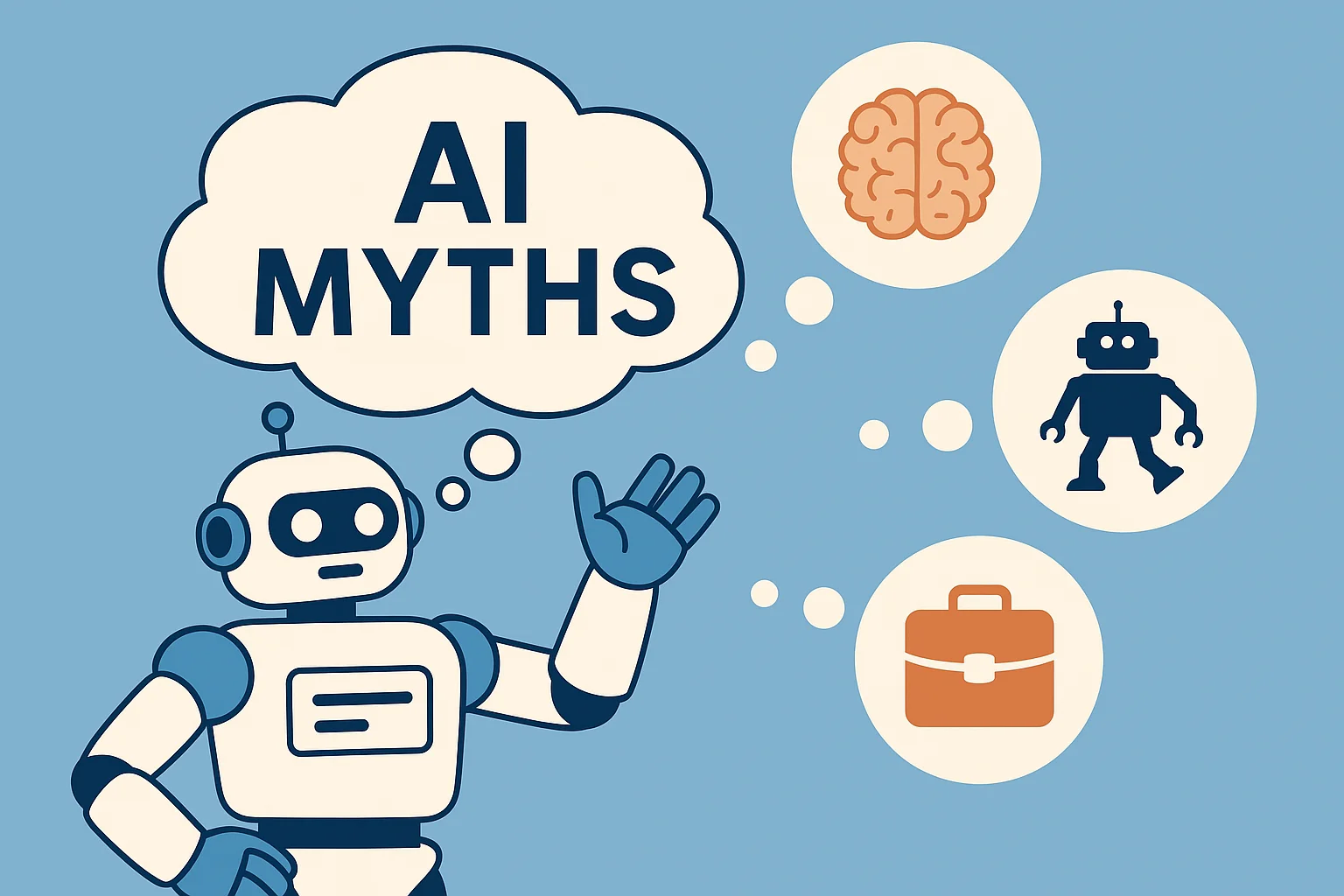
7 Common Myths About AI
Think AI is conscious, infallible, or coming for every job? This post debunks the most widespread misconceptions about artificial intelligence today.
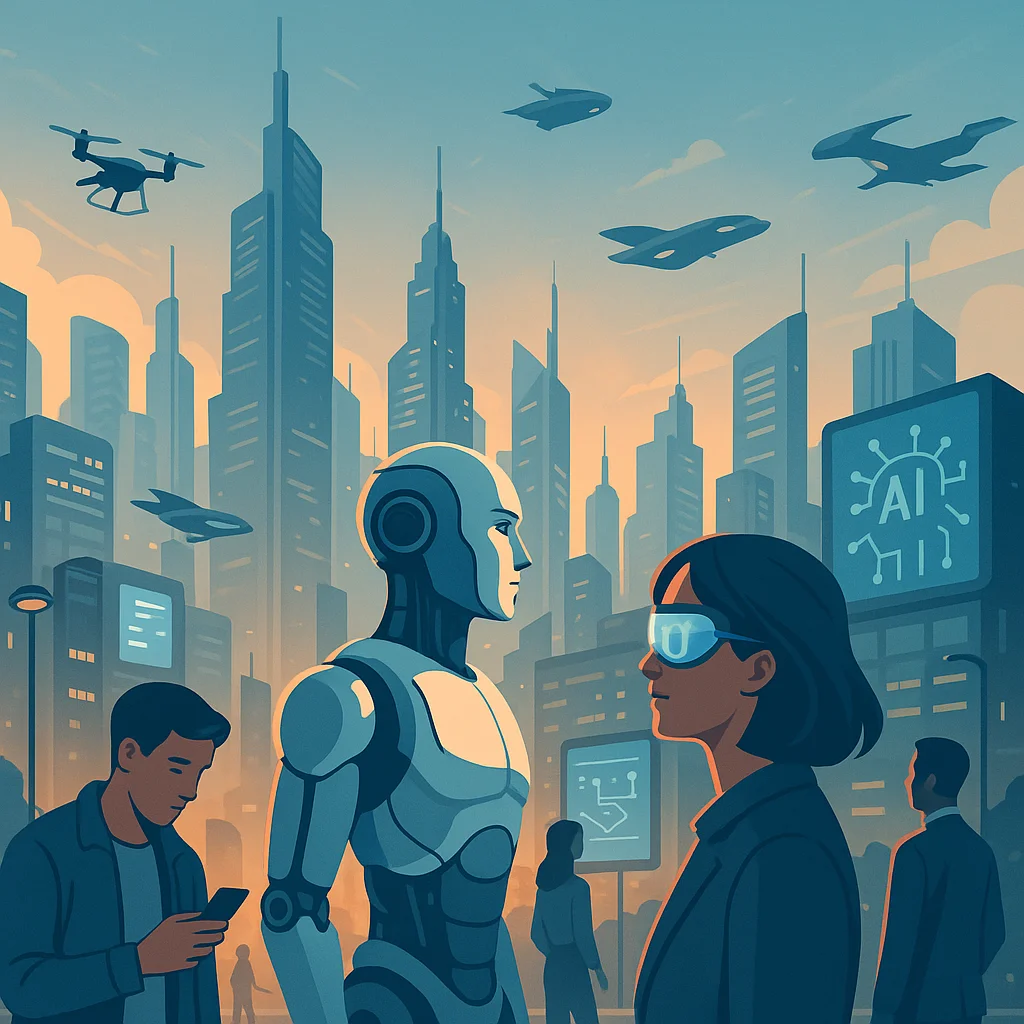
The Future of AI
From generative agents to real-world robotics, discover how AI might reshape society, creativity, and communication in the years ahead.
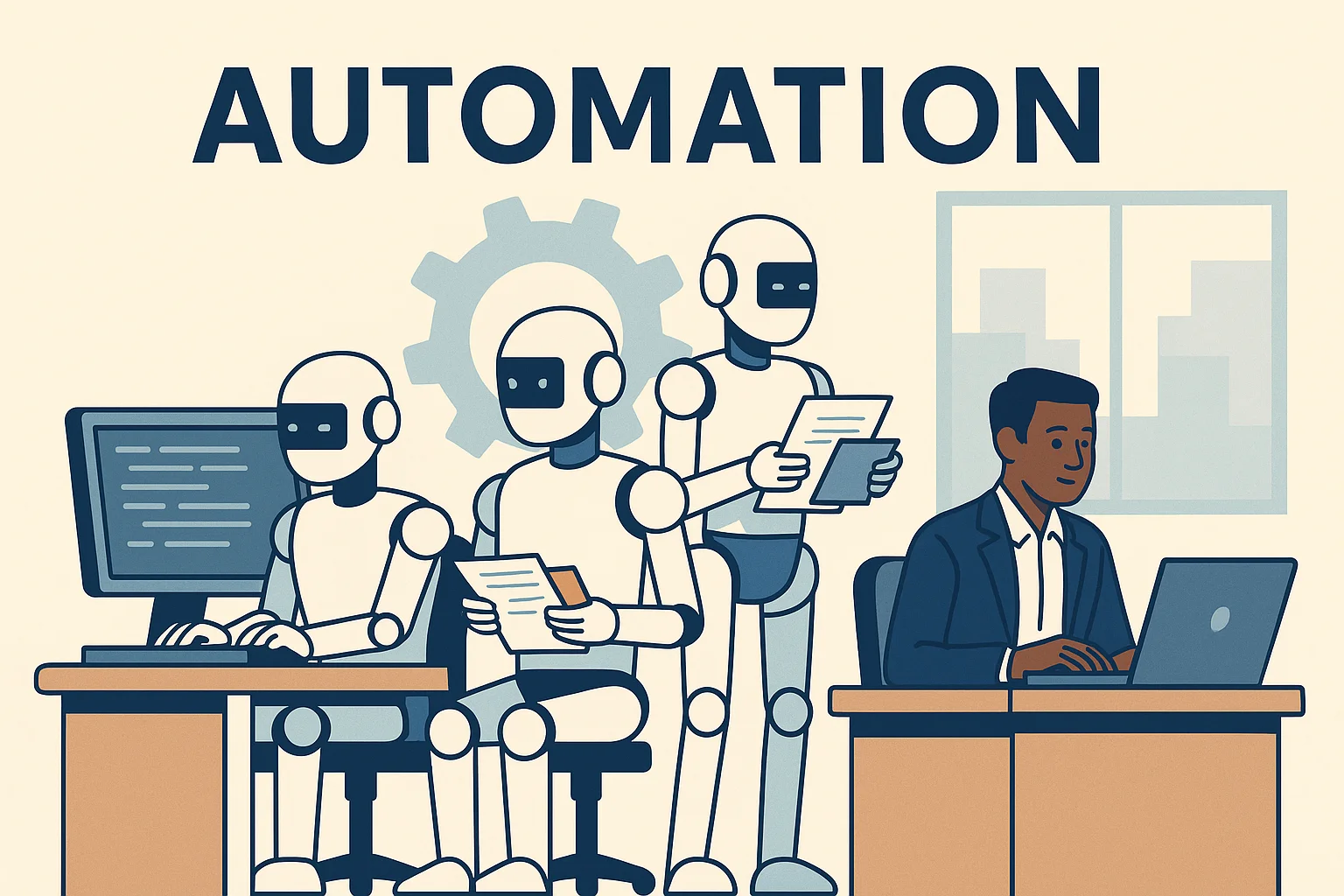
How AI Is Changing the Job Market
Will AI replace your job — or create new ones? Explore which careers are evolving, vanishing, or emerging in the AI-driven economy.
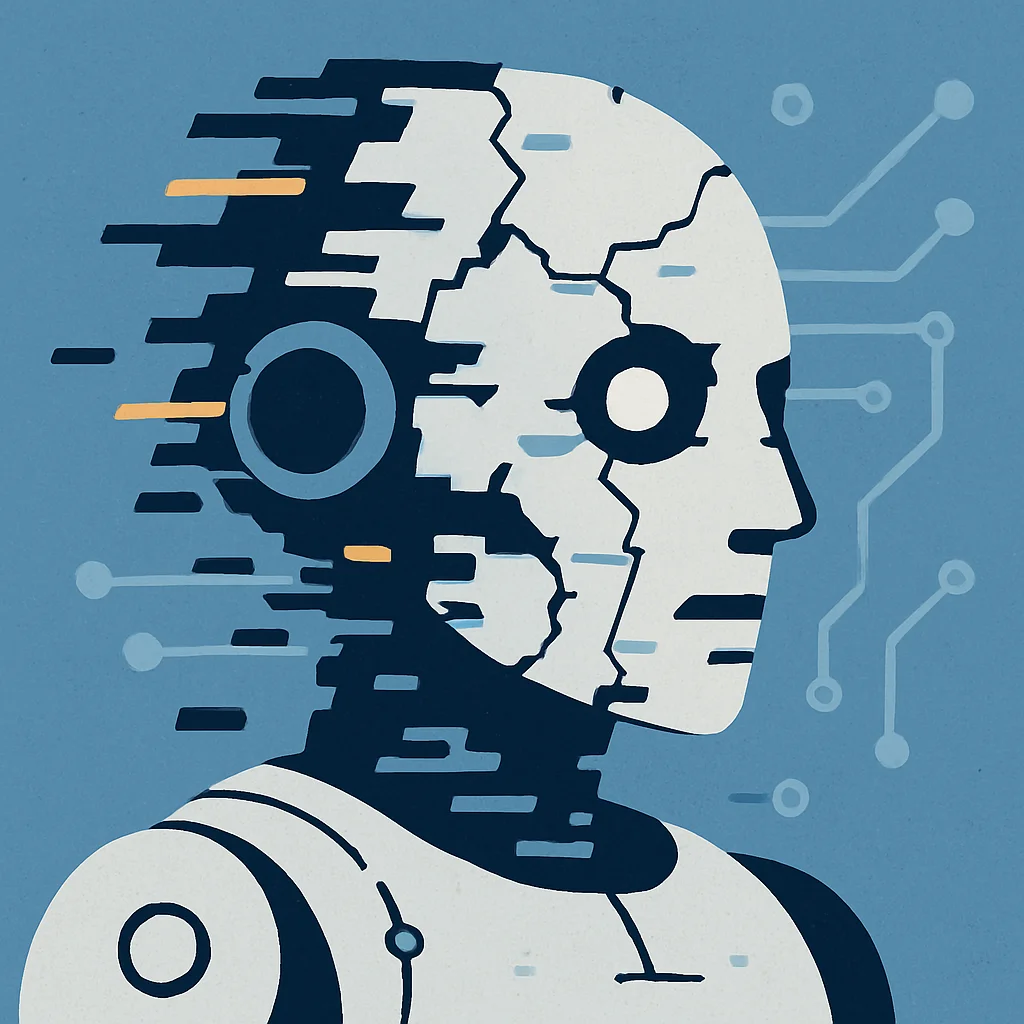
Common Issues with AI
Hallucinations, bias, privacy risks — learn about the most pressing problems in current AI systems and what causes them.